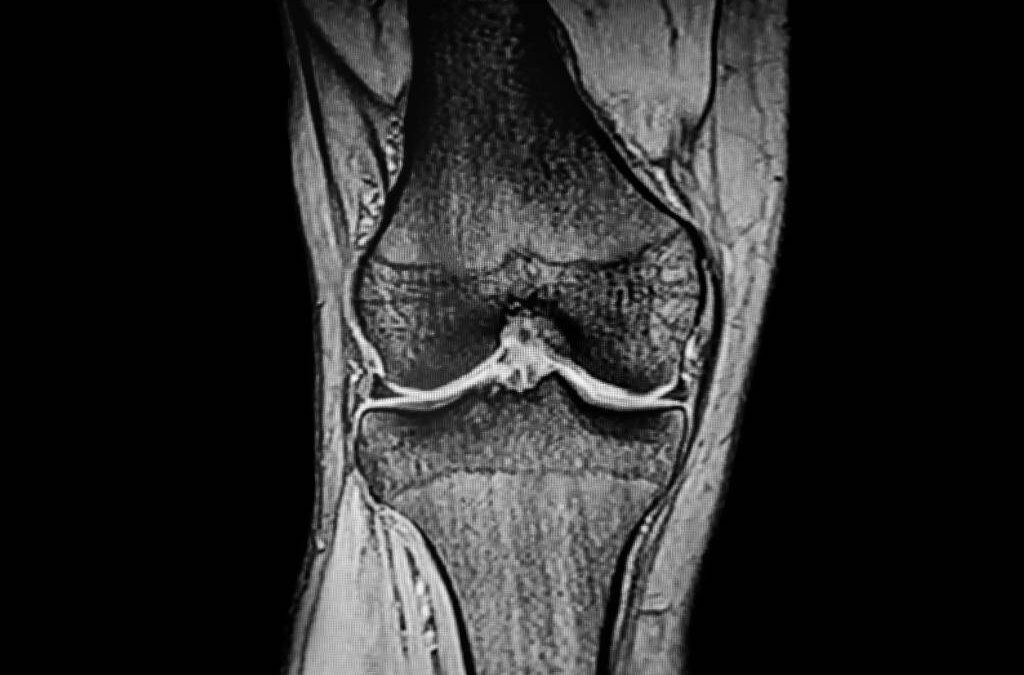Many orthopedic procedures and conditions are associated with severe pain, and unfortunately, are quite common in the US and worldwide (3). The first line pain management therapy is often opioids (3). However, due to the public health ramifications of opioid use (100,000 people die of opioid overdose around the world, annually) other pain management routes must be explored (4). Cryoanalgesia, also known as cryoneurolysis, is one such option for pain management in the orthopedic context. It is an interventional procedure that utilizes probes at extremely cold temperatures (below -20°C) to cause Wallerian degeneration of nerves, resulting in a long-acting nerve block for pain relief (3). It is not permanent, but cryoanalgesia is much longer lasting than peripheral nerve blocks and does not carry the addictive potential that many pharmacological pain therapies carry (3).
A specific example of a condition where this could be a very effective therapy is knee osteoarthritis (3). This is a very common disorder that results in significant morbidity, pain, and socioeconomic distress, in part because it affects a younger population than other forms of osteoarthritis (3). The treatment for end-stage knee osteoarthritis is a partial or total knee arthroplasty, and yet even after this procedure many patients still experience pain refractory to pain relief (3). A 2016 retrospective study found that preoperative cryoneurolysis of certain branches of the saphenous nerve and anterior femoral cutaneous nerves resulted in significantly shorter hospital stays, significantly fewer opiates prescribed even three months out, and decreased reported pain 6 weeks after the operation (1). In May of 2019, the US Department of Health and Human Services posted new guidelines, recommending cryoneurolysis as a part of a multi-disciplinary strategy for managing knee pain due to osteoarthritis (3). And most recently, a 2021 study in the Journal of Arthroplasty examined the use of cryoneurolysis in the management of postoperative knee pain and the subsequent changes in total daily morphine equivalents for these patients (3). They carried out an unblinded randomized control trial of 124 patients at a single study center, who either received current standard of care or cryoneurolysis, 3-7 days prior to their procedure (3). This study found that cryoneurolysis did result in decreased opiate use at all follow up markers when patients completely adhered to all treatment protocols (3). The study further explains that cryoneurolysis alone was less effective than a multi-modal pain management treatment plan, and that it works best in conjunction to other therapies (3).
Cryoneurolysis is a well-tolerated, novel procedure that could have many pain management and perioperative analgesia applications (2). It is already used both as pain management and a therapeutic diagnostic test for Median Arcuate Ligament Syndrome, a treatment modality for pre-operative, post-operative pain, and chronic pain, and a treatment for some muscle movement disorders (2). It may be an answer, or part of one, to our opioid crisis, and help provide relief to many patients.
References
- Dasa V, Lensing M, Parsons J, Harris J, Volaufova J, Bliss R. Percutanouse freezing of sensory nerves prior to total knee arthroplasty. Knee, 2016; 23: 523-528. Doi: 10.1016/j.knee.2016.01.011
- Ilfeld BM, Preciado J, and Trescot AM. Novel cryoneurolysis device for the treatment of sensory and motor peripheral nerves. Expert Review of Medical Devices, 2016; 13(8): 713-725. DOI: 10.1080/17434440.2016.1204229
- Mihalko WM, Kerkof AL, Ford MC, Crockarell JR, Harkess JW, Guyton JL. Cryoneurolysis before Total Knee Arthroplasty in Patients with Severe Osteoarthritis for Reduction of Postoperative Pain and Opioid Use in a Single-Centered Randomized Controlled Trial. The Journal of Arthroplasty, 2021; 36(5): 1590-1598. DOI: 10.1016/j.arth.2020.11.013
- Stang J, McDonald R, Campbell G, Degenhardt L, Nielsen S, Ritter A, Dale O. Take-Home Naloxone for the Emergency Interim Management of Opioid Overdose: The Public Health Application of an Emergency Medicine. Drugs, 2019; 79: 1395-1418. DOI: 10.1007/s40265-019-01154-5





Recent Comments